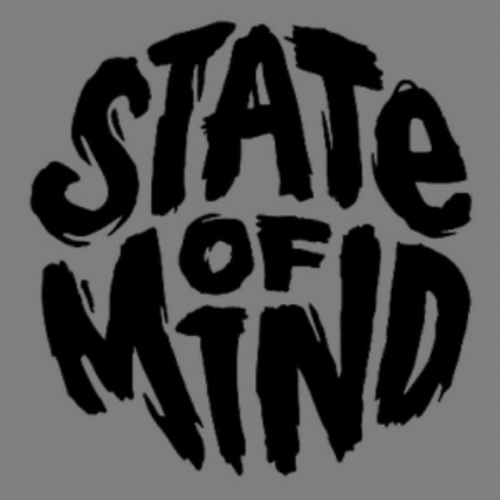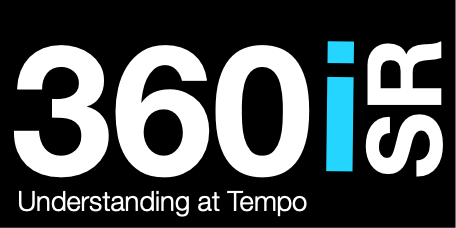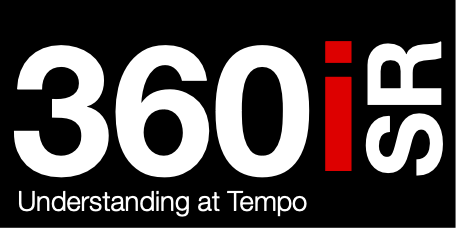A comparison of the Strategic Role of Propaganda and Rumour in Wartime Efforts: A Deep Dive
Introduction
In times of conflict, the battlefield extends beyond the physical confrontations to the minds and morale of those both at home and abroad. Propaganda, a tool as ancient as war itself, evolves to meet the needs of governments seeking to bolster internal unity and sap the enemy's strength. This blog delves into the nuanced role of propaganda during wartime, particularly focusing on the use of rumors as a strategic instrument.
Unity at Home, Discord Abroad: The Dual Edges of Propaganda
The essence of wartime propaganda lies in its dual objective: to strengthen morale at home and to demoralize the enemy. By disseminating messages that emphasize national unity and resilience, governments aim to fortify the spirit of their people. Conversely, sowing seeds of discord through highlighting or fabricating racial, political, or class tensions within an enemy nation can weaken an adversary from within. A particularly insidious form of this strategy is the "whisper campaign," where rumors, akin to a metaphorical torpedo, are launched into the social fabric of the opponent, designed to fester and divide.
The Whisper Campaign: A Cloak of Invisibility
The systematic use of rumours as a propaganda tool gained prominence during World War II. The power of a rumor lies in its stealth; unlike overt propaganda messages, rumors can circulate under the radar, making it challenging to trace their origins or to debunk them as fabrications. An illustrative case was the rapid defeat of France in 1940, partly attributed to a whisper campaign that purportedly demoralized the French forces through tales of heavy casualties and impending doom, orchestrated by entities supposedly in the employ of Hitler.
The American Response: Awareness and Analysis
The United States, recognizing the potential of such tactics to undermine societal cohesion, closely monitored these whisper campaigns. In 1942, the Massachusetts Committee on Public Safety documented a plethora of rumors circulating within the country, many laced with anti-government, anti-British, or anti-Semitic sentiments. This internal strife, as scholars and propaganda analysts pointed out, was not solely the work of enemy agents but also stemmed from pre-existing divisions within American society itself. The Axis powers merely exploited these rifts, amplifying existing prejudices and antagonisms.
Combatting Propaganda: Reflection and Resistance
In the fight against such divisive tactics, understanding the enemy's strategy is crucial. The featured poster by Daniel Fitzpatrick, for instance, targets Nazi-propagated rumors designed to incite racial hatred, questioning whether these were purely the product of Nazi ingenuity or reflective of deeper, pre-existing American prejudices. This introspective approach underscores the complexity of propaganda: it not only seeks to manipulate but also to mirror and exacerbate existing societal fractures.
Conclusion: The Lessons of History
The use of propaganda and rumors in wartime underscores the broader conflict for hearts and minds, a battleground as consequential as any physical territory. The historical examples from World War II serve as a reminder of the potency of such strategies, inviting us to reflect on how we can discern truth in the fog of war and resist attempts to divide us. As we navigate the challenges of the modern information landscape, the lessons from the past remain ever relevant, guiding us toward unity and resilience in the face of disinformation and division.


A Comparison of Contemporary Russian Tactics and Historic Nazi Tactics: Context and Objectives
Nazi Germany: Nazi propaganda, masterminded by figures like Joseph Goebbels, was pivotal in the regime's rise to power, the mobilization for war, and the justification of atrocities, including the Holocaust. It employed a wide range of media, including films, radio broadcasts, newspapers, and posters, to glorify the regime, dehumanize enemies, and spread antisemitic ideologies. The aim was to create a unified, loyal society that supported Hitler's ambitions and to justify the war and racial policies.
Russia: Contemporary Russian misinformation campaigns utilize digital platforms to achieve their objectives on a global scale. These efforts are often aimed at undermining trust in democratic institutions, deepening social divisions, influencing elections, and weakening alliances such as NATO and the European Union. The strategic dissemination of false information, cyberattacks, and the use of troll farms are some of the modern tools employed to achieve these goals.
Methods and Mediums
Nazi Germany: The reliance on state-controlled media allowed the Nazis to craft a cohesive narrative. The regime's propaganda was direct, with clear messages promoting nationalism and Aryan superiority, often using stark, emotionally charged imagery and rhetoric.
Russia: Modern Russian misinformation campaigns take advantage of the fragmented nature of digital media and the anonymity it offers. Social media platforms, fake news websites, and bots are used to spread disinformation, amplify divisive issues, and create a sense of distrust among the population. The methods are more decentralized and can be tailored to target specific communities, making the misinformation more pervasive and harder to combat.
Psychological Manipulation
Nazi Germany: Propaganda under the Nazis played on fears and prejudices, using scapegoating (particularly of Jews) to rally the German population around the regime's goals. It sought to create a monolithic enemy responsible for Germany's woes, thereby uniting the population in hatred and fear.
Russia: Contemporary Russian strategies also exploit existing societal divisions, but with the added complexity of the digital age's echo chambers. These campaigns often do not seek to promote a single ideology but rather to sow confusion and skepticism, weakening societal cohesion and trust in objective reality itself.
Impact and Global Reach
Nazi Germany: The impact of Nazi propaganda was immense, both in mobilizing the German population for war and in facilitating the persecution of Jews and other minority groups. However, its reach was limited to the technologies of the time, primarily affecting Europe and areas directly involved in World War II.
Russia: The global reach of Russian misinformation campaigns is unparalleled, thanks to the internet. These efforts can influence public opinion and political outcomes worldwide, from the United States to Europe, Asia, and beyond. The digital nature of this warfare allows for real-time adjustments to strategies and targets, making it a continuously evolving threat.
Conclusion
While the essence of propaganda and misinformation—manipulating public opinion for political gain—remains consistent from Nazi Germany to contemporary Russia, the methods, reach, and complexity of these efforts have evolved with technology. Understanding the historical context of propaganda allows us to better recognize and counteract modern misinformation campaigns, highlighting the importance of critical thinking, media literacy, and robust, transparent institutions in maintaining democratic societies.




